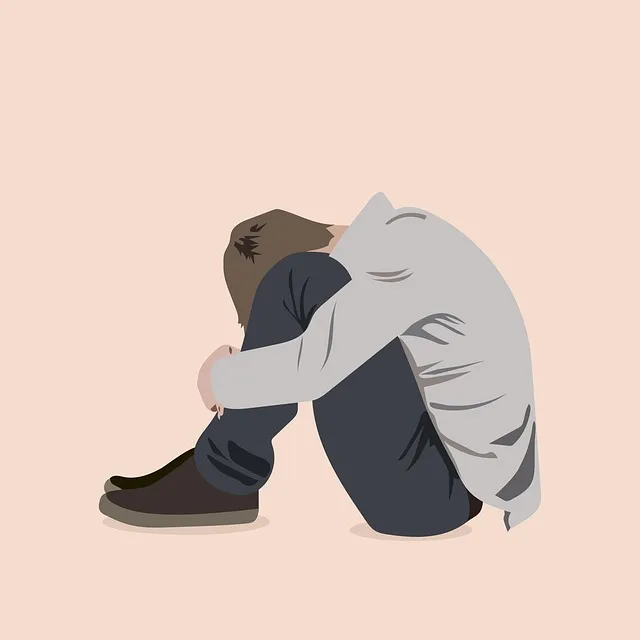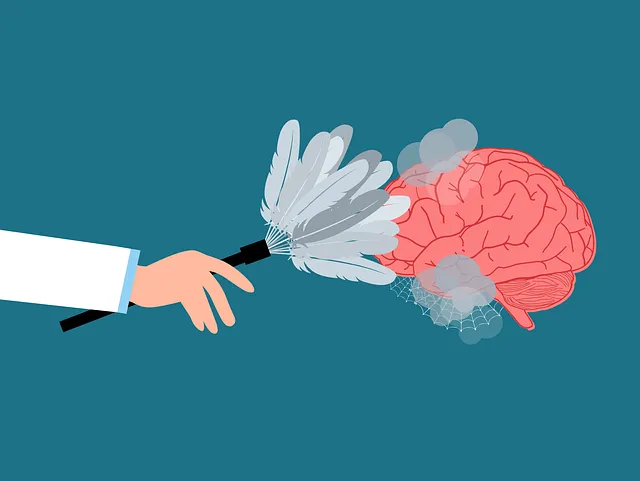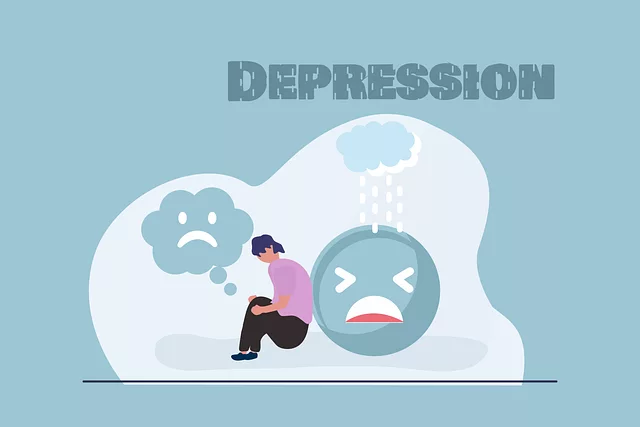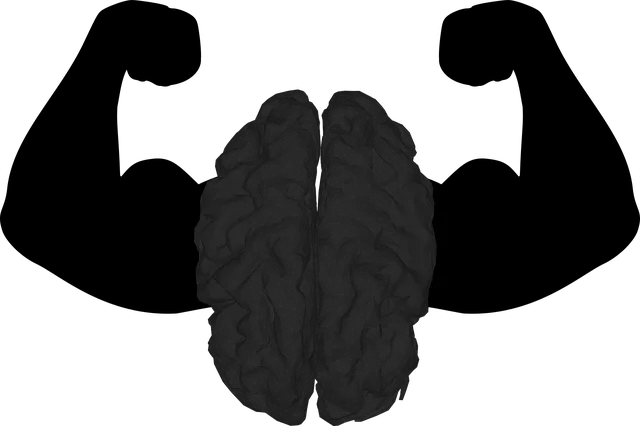The Lone Tree Kaiser Permanente mental health department prioritizes patient safety through comprehensive risk assessment, integrating Emotional Intelligence and Mental Health Awareness. They implement harm minimization planning and self-esteem improvement initiatives to foster resilience among patients. Their innovative strategies, including Mental Wellness Coaching Programs, regular assessments, and tailored interventions, enhance treatment success rates and community well-being, differentiating the department as a leader in mental health care.
Risk assessment and harm minimization planning are essential components of safe practice, especially within the mental health care sector. This article explores these critical strategies, drawing insights from Lone Tree Kaiser Permanente’s (LTP) successful implementation in their mental health department (a leading example among healthcare providers). We’ll delve into understanding risk assessment as a cornerstone of safety and examine how harm minimization planning can mitigate risks, ensuring patient well-being and enhancing care delivery.
- Understanding Risk Assessment: A Cornerstone of Safe Practice
- The Role of Harm Minimization Planning in Mental Health Care
- Lone Tree Kaiser Permanente: Strategies for Effective Risk Management
Understanding Risk Assessment: A Cornerstone of Safe Practice

Risk assessment is a fundamental process within healthcare, especially in departments like the Lone Tree Kaiser Permanente mental health division. It involves meticulously evaluating potential hazards and their likelihood to cause harm to patients, staff, or others. By understanding and identifying risks, this mental health department number can implement effective strategies to minimize these dangers and create a safer environment. This proactive approach ensures that care is provided while safeguarding against unexpected incidents.
Emotional Intelligence and Mental Health Awareness play a pivotal role in this process. Assessing risks involves considering not just physical hazards but also the emotional and psychological well-being of individuals within the healthcare setting. Self-esteem improvement initiatives can contribute to better risk management, as they enhance an individual’s ability to recognize and navigate potentially unsafe situations, fostering a culture of resilience and proactivity.
The Role of Harm Minimization Planning in Mental Health Care

Harm minimization planning plays a pivotal role within the Lone Tree Kaiser Permanente mental health department, serving as a strategic tool to enhance patient care and safety. This proactive approach recognizes that managing risks is not just about averting crises but also about empowering individuals to navigate their mental health journeys with resilience and support. By implementing robust harm minimization strategies, the department can ensure that patients receive not only effective treatment but also the necessary tools to recognize and mitigate potential harms before they escalate.
Integrating emotional intelligence into risk management planning is a key aspect of this process. Mental health professionals at Lone Tree Kaiser Permanente are trained to identify and understand the complex interplay of factors that contribute to a patient’s vulnerability. This includes recognizing triggers, coping mechanisms, and early warning signs, enabling them to intervene promptly. Such tailored interventions not only aim to minimize harm but also foster a sense of security and empowerment among patients, ultimately contributing to improved mental health outcomes for all individuals under their care.
Lone Tree Kaiser Permanente: Strategies for Effective Risk Management

Lone Tree Kaiser Permanente’s mental health department has implemented innovative strategies for effective risk management, prioritizing harm minimization and resilience building among its patient population. By integrating Mental Wellness Coaching Programs Development, they’ve created a supportive environment aimed at burnout prevention, fostering mental wellness across all age groups.
This proactive approach involves regular assessments to identify individuals at risk and prompt interventions tailored to their needs. Through these measures, Lone Tree Kaiser Permanente demonstrates its commitment to enhancing not just the number of successful treatments, but also the overall well-being of the community it serves.
Risk assessment and harm minimization planning are essential components of safe practice, especially within the mental health care sector. As demonstrated by Lone Tree Kaiser Permanente’s strategies, a comprehensive approach can significantly enhance patient safety. By integrating these practices, healthcare providers like the Mental Health Department at Lone Tree Kaiser Permanente (a leading facility serving the community) can effectively manage risks and ensure positive outcomes for patients, fostering a safer environment for all.






